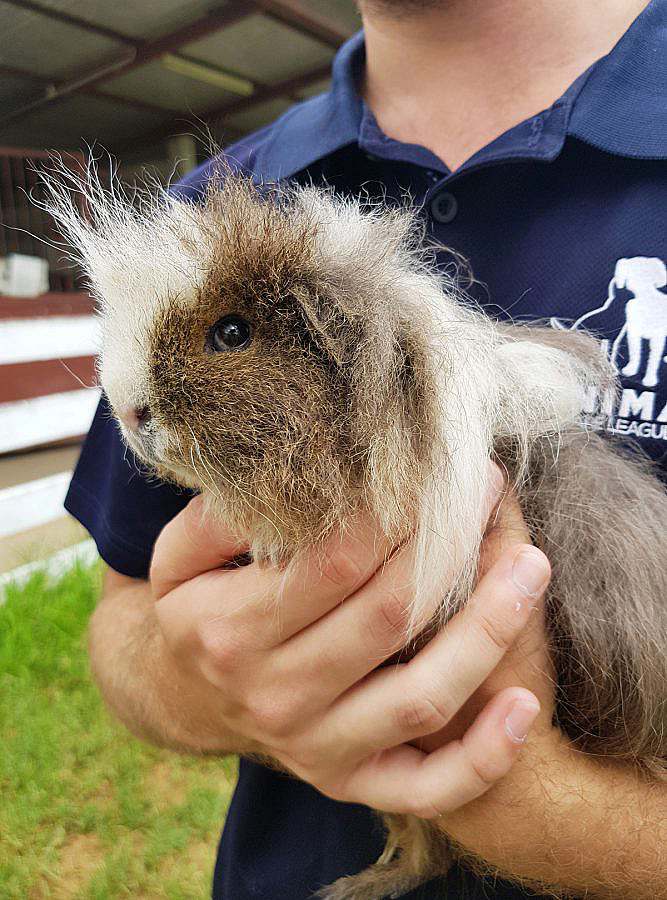
Lovetails – Guinea pigs as pets
I have never really harboured more than a cursory interest in guinea pigs, and certainly never desired one as a pet. And then a funny little creature called Yenoe made his way into the clinic.
By Dr SIMONE MAHER
I have never really harboured more than a cursory interest in guinea pigs, and certainly never desired one as a pet. And then a funny little creature called Yenoe made his way into the clinic – and with his toupee-like coat, amenability to handling and adorable little paws, I finally understood the attraction.
Guinea pigs belong to the rodent family and are native to South America. Often considered a childrens’ pet, they are frequently inexpensive to purchase and like many other “pocket pets” their true requirements are often not understood and they commonly suffer ailments secondary to poor husbandry.
Whilst guinea pigs are often social and inquisitive little creatures quite happy to be handled (if this is done gently and appropriately from a young age), they are fundamentally a prey species. They are always on high alert for danger, which elevates their stress hormones and heart rate – long term, this can be tough on their little bodies.

It is important to take this into consideration when designing their living spaces. They need to be able to retreat from noise and potential predatory animals. Whilst your dog may simply be thinking “a new playmate! Fun!”, your guinea pig is probably thinking “eek! I’m about to be breakfast!”. They are not well equipped to cope with extremes of temperature and humidity and generally speaking, if it’s uncomfortable for you outside, it’s uncomfortable for them. They should be kept in small groups – but remember, entire males may fight – and male/female pairs may get along a little too well. It’s not recommended to mix guinea pigs and rabbits.
A guinea pig’s teeth will grow continuously throughout its life. They need a high fibre diet; naturally they are grazing grass eaters. The major part of their diet should be grass or grass hay, with fresh leafy greens and herbs offered. Guinea pig pellets should be provided in small amounts only, and must be of a high quality. Avoid cereals, seeds, nuts, sweets, peas and chocolate. Early introduction to a wide variety of foods is important to avoid food aversions as they get older.
The life expectancy of a guinea pig is 5-8 years. Treat them well and they can be a delightful, pocket sized companion. And if they’re anything like little Yenoe, their funny little quirks – and hairstyle – will bring you endless merriment.
Subscribe to our Tales
Tales, the official blog of Australia CAN, is full of news from our network, updates on our advocacy efforts and heartwarming stories that celebrate the human-animal bond. Please enter your email address above so we can let you know when a new Tale has been published, and also occasionally send out other important announcements. Thanks for staying in touch!




